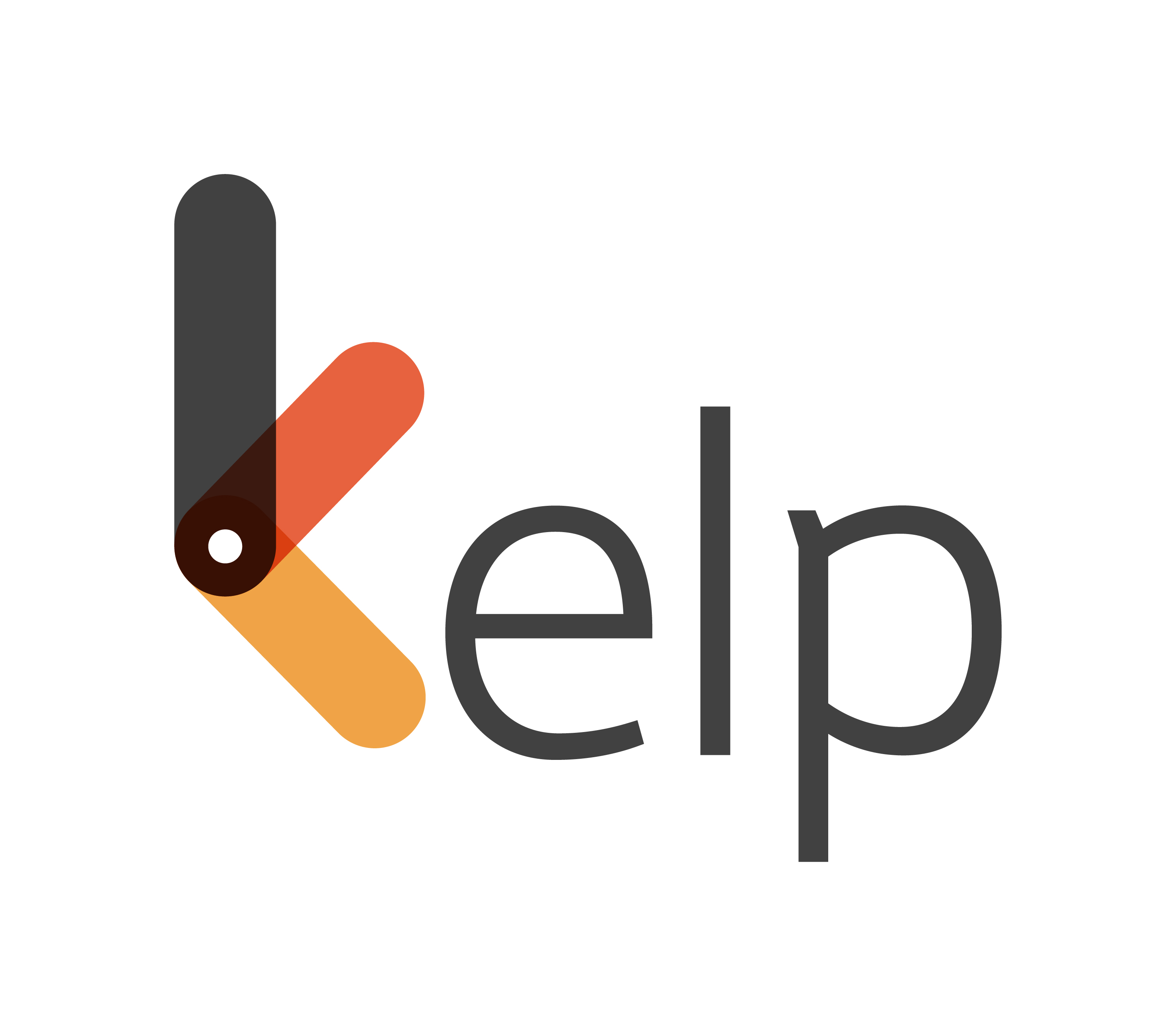Building an inclusive workplace isn’t just a moral imperative; it’s a strategic one. In today’s dynamic workforce, organisations that prioritise Diversity, Equity, and Inclusion (DEI) are not only more innovative but also better positioned to attract top talent, retain employees, and reflect the diverse world we live in.
But how do you go beyond ticking checkboxes and creating meaningful change? Let’s explore how companies can effectively set, pursue, and achieve impactful DEI goals
Start with a clear understanding of DEI
Before setting goals, it’s essential to align on what DEI truly means:
- Diversity is the presence of differences across race, gender, age, ability, sexual orientation, and more.
- Equity is about ensuring fair access to opportunities and resources by acknowledging and addressing individual needs.
- Inclusion is creating a culture where everyone feels valued, heard, and empowered to contribute.
Together, these values must guide how organisations hire, train, promote, and support their people at every level.

smart-goals
- Set SMART DEI goals
To drive real progress, Diversity, Equity, and Inclusion goals should be SMART:
Specific, Measurable, Achievable, Relevant, and Time-bound
Examples:
- Increase the representation of underrepresented groups in leadership by 25% over two years
- Closing pay equity gaps by department within 12 months
- Ensure 100% of employees complete annual DEI training.
Setting SMART goals creates clarity, accountability, and a shared direction.
- Use data to drive action
Your data is your blueprint for change. Start by auditing:
- Workforce demographics
- Leadership composition
- Promotion and attrition rates
- Engagement survey results
Use these insights to:
- Uncover disparities
- Prioritise focus areas
Track progress over time
Data transforms DEI from intention to action.
- Integrate DEI into everyday systems
To make DEI sustainable, embed it into daily processes, not just annual events.
Actionable examples:
- Review job descriptions for biased language
- Standardise interview processes and scoring rubrics
- Launch mentorship programs for marginalised employees
- Ensure accessibility in both office and remote work environments
True inclusion is experienced daily—not only during heritage months or DEI weeks.
Invest in DEI training
Awareness is a first step to lasting behavioural change. high-quality DEI training helps::
- Recognise unconscious bias
- Strenghten inclusive communication
- Equip leaders to advocate for equity
According to LinkedIn’s 2023 Workplace Learning Report, organisations that invested in inclusive leadership training saw a 53% increase in team innovation.
Measure impact, not just activities
Don’t just count workshop attendees or training hours. Focus on meaningful outcomes:
- Has representation improved across roles and levels?
- Are employee satisfaction and psychological safety rising across all groups?
- Are promotions and recognition more equitable?
These metrics signal whether DEI efforts are driving true change-not just visibility.
DEI is a journey, not a destination
. DEI is not a one-time campaign—it’s a long-term commitment. . The most effective organisations lead with empathy, use data for decision-making, and treat DEI as a continuous, evolving practice.
At Kelp, we partner with organisations to design thoughtful, practical, DEI strategies rooted in empathy, impact, and accountability. Whether its inclusive hiring, leadership alignment, or expert-led DEI training, we’re here to help you build a workplace where everyone feels they belong.
Let’s build a workplace that reflects the world we want to live in together.






